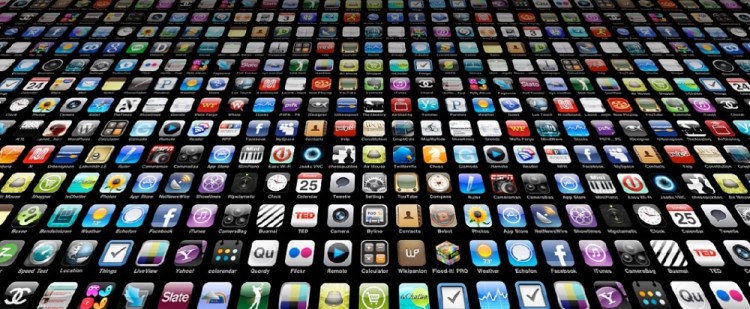About a year ago, a video titled “the transformation of the desk” showed how nearly every task we execute has moved to mobile. And yet, as app marketers, you know how incredibly hard it can be to get users to adopt a new mobile habit — namely, your app.
So how do you catch people’s interest and then keep them active on your app until it becomes a new routine for them? Here’s how it’s done:
1. Take a Deep Breath
Brace yourself, because it’s not going to be easy and it will probably take some time. If your app is meant to change people’s daily habits, bear in mind that the process of educating the market will not only require some patience on your behalf, it will cost serious money as well. Strategies and time your funding rounds accordingly, and prepare investors for what can be realistically expected in the near future. Waze wasn’t mapped in a day, you know.
2. Hit Them Where (and When) It Hurts
The first thing you should do is communicate to users the exact need your product is here to address. What is it that keeps wasting their time? Frustrates them on a daily basis? Makes them fight with their spouse? Answer these questions and then focus on that using a determined message. This also means finding the right moment to tell them “it would have been easier if you used our app” and not a minute later. Remember: you’re asking users to change their behavior, which is an annoying and difficult thing for them to do. You must solve a problem that is far worse if you want to make it worthwhile.
3. Explain Yourself
The actions your app involves do not come naturally to users just yet. Your onboarding process and tutorial must explain the process clearly and articulately. If it makes sense, include videos to demonstrate exactly how it’s done. You should use the beta stage to prepare for the struggles users will face by following testers’ actions and learning from them. Tools like AppSee allow you to follow users as they interact with the product and see which features were ignored and which were used frequently.
4. Stay on Target
What are the obstacles users are most likely to face when first meeting your app? If there are a few different hurdles to overcome, you must target users wisely and answer each and every concern. Map out the segments that are most likely to face a specific problem when interacting with your product: who will find it difficult to use a gadget instead of a pen and paper? Who is worried about their privacy being compromised? Who has never even thought of making a certain task easier? Send each segment the right message and let them know you’ve got it covered.
5. Jog Their Memory
Old habits die hard. Even if users have installed your app, there is a good chance they will go back to their old ways of doing things and forget about you. You need to remind them that you’re here, and you’re better. Timing is everything, so plan your notification strategy to take into account exactly when you assume your app should be put to use. If possible, use beacons to send location-based reminders, and, for example, get to users right before they shop at the local mall without first comparing prices on your app.
6. Form a Habit
Dr. Maxwell Maltz is most famous for claiming that people take a minimum of 21 days to form a new habit. Give users a well-planned adjustment period, using a reward system and gamification elements to keep them going until your app becomes second nature. Show them exactly how much time and money your app saved them, tell them they are doing a great job, and give them constant value until they are convinced your product is the way to go.
7. Go on Sale
Promotions are a great way to introduce a new product. Before you charge users full price for something they’re used to living without, give them a free trial period and encourage them to invite their friends to join the party. This is also a good solution for apps that need to overcome the registration obstacle and get users to provide their personal details. I mean, who can resist a freebie?
Educating users is a challenging process, but it is one you simply cannot move forward without. Getting users on board with your idea and explaining your product’s value and purpose will either make or break your business. Carefully implement the above tips into your mobile marketing strategy and you will significantly increase your chance for success. Good luck!
Gilad Bechar is the founder and CEO of Moburst, a global mobile marketing agency. Gilad serves as a mentor to rising startups at Microsoft Accelerator, The Technion, Tel-Aviv University, Unit 8200, and for strategic Moburst clients and is the Academic Director of the Mobile Marketing and New-Media course at Tel-Aviv University.
VentureBeat's mission is to be a digital town square for technical decision-makers to gain knowledge about transformative enterprise technology and transact. Learn More

